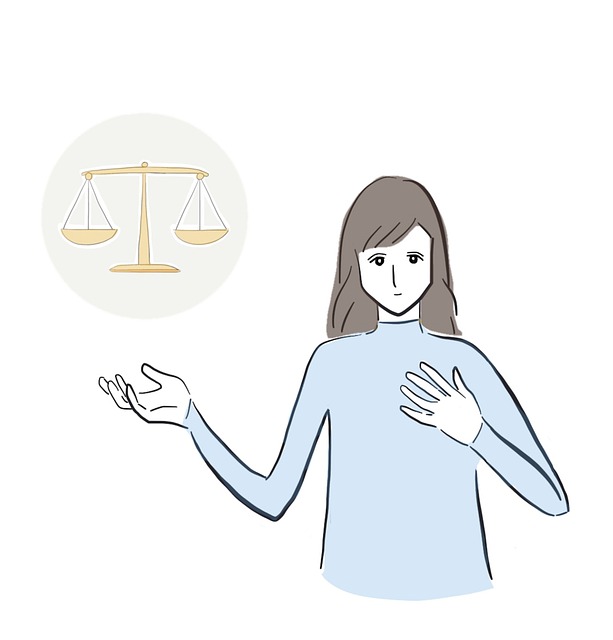Some of the laws analyzed below have been blocked by judges. It is important, however, to note the intent, whether it is fully realized or not. These laws fall in several categories, and the differences are crucial. The situation is in flux so this isn’t meant as a detailed report on today’s status, rather a review of the various configurations of abortion laws in general.
Abortion allowed at any point. The states where abortion is allowed at any point of a pregnancy are Alaska, Colorado, the District of Columbia, New Jersey, New Mexico, Oregon, and Vermont. This framework gives control to the woman and her chosen advisors, allows for management of emergencies, and requires no expensive law enforcement protocols or regulatory framework.
Abortion allowed up to viability. In Montana, Wyoming, California, Connecticut, Delaware, Hawaii, Illinois, Maine, Maryland, Michigan, New York, and Washington, abortion is banned “after viability.” The use of the word “viability” is odd, since a fetus’s ability to survive outside the womb is not certain until after it has been born. Some fetuses born at 22 weeks may be viable; others not. How could anyone, medical personnel or not, make that judgment with certainty? Some states (Indiana, Ohio, South Carolina, Utah, Massachusetts, Nevada, Pennsylvania, Iowa, Kansas, New Hampshire, and Virginia) use a number of weeks rather than “viability.” The range is generally from 18 weeks to 26 weeks; the proposed 6- or 8-week bans are not in force. Utah’s 18 weeks, or four and a half months, is an outlier. Perhaps Utah’s legislators are incorporating optimism regarding further advances in neonatal medicine. In states where there is a viability limit, severe setbacks after viability are dealt with in a vacuum.
Abortion banned with one exception, the life of the woman. (Arkansas, Oklahoma, South Dakota, Wisconsin) In these states, a woman must carry to term a fetus with a fatal abnormality. In the case of a life-threatening complication, doctors must wait until the woman is close to death before providing treatment. Medically observing and supporting the woman requires long and costly hospitalization, and many women die because doctors wait too long. One such case was the well-publicized death of the Irish dentist, Savita Hallapannavar, who died of sepsis while waiting for the fetal heart to stop beating. Both she and the baby died, and the subsequent scandal was instrumental in getting Ireland to legalize abortion.
Abortion banned with the exception of the life or health of the woman. (Alabama, Kentucky, Louisiana, Missouri, Tennessee, Virginia) In these states, doctors wider discretion, though the term “health” is not defined. Who determines what health problems would qualify? Do addiction, schizophrenia, depression, anorexia, long COVID or another severe infection, recent or current chemotherapy or other extreme medical treatment, a history of damaging physical abuse, or severe PTSD qualify? It would be impossible to make a list of all the possible health problems that would qualify; a fracture, for example, might be life threatening or merely an inconvenience. Without clarity, doctors are left to decide for themselves, and few are willing to risk loss of their license or jail time by proceeding with an abortion without clearance. It is not specified which entity (legislative, judicial, or medical) would give the necessary permission. The woman herself has no agency; her condition is determined by others.
Abortion banned with the exception of the life/health of the woman, rape, and/or incest. (Idaho, Mississippi, North Dakota, West Virginia, Georgia, Nebraska, North Carolina) The addition of rape and/or incest is insulting. These are crimes committed by force against the victim’s will, causing physical and emotional trauma. Forcing a young victim to prove that her father, boyfriend, or a stranger is guilty of a capital crime within the few weeks available to her is sadistic and unrealistic. Even if she does want to reveal the identity of her rapist, not every doctor or hospital has both a rape kit and the will to use it, leaving only the victim’s word as proof. Many, if not most, young women are not even aware of their options in the case of rape. Courts and police stations are legendary for the variability of their systems and personnel. Giving these institutions the power to determine the course of a traumatized victim’s life following a short interview or court appearance shows an utter lack of compassion.
None of the exceptions to abortion availability make sense, except in the legislative sense. The “health of the woman” is a toy to be played with, the “life of the woman” even more so. Placing a time limit on treatment means that a health crisis that happens within a certain period is treated seriously, while a health crisis after that limit is not. That makes no sense. Requiring an accusation of rape or incest places an unbearable burden on the victim at the most vulnerable moment in her life. The stakes couldn’t be higher, yet proof of such an accusation is difficult.
A righteous person would not subject anyone, including both the woman herself and her loved ones, to the suffering caused by these laws.
